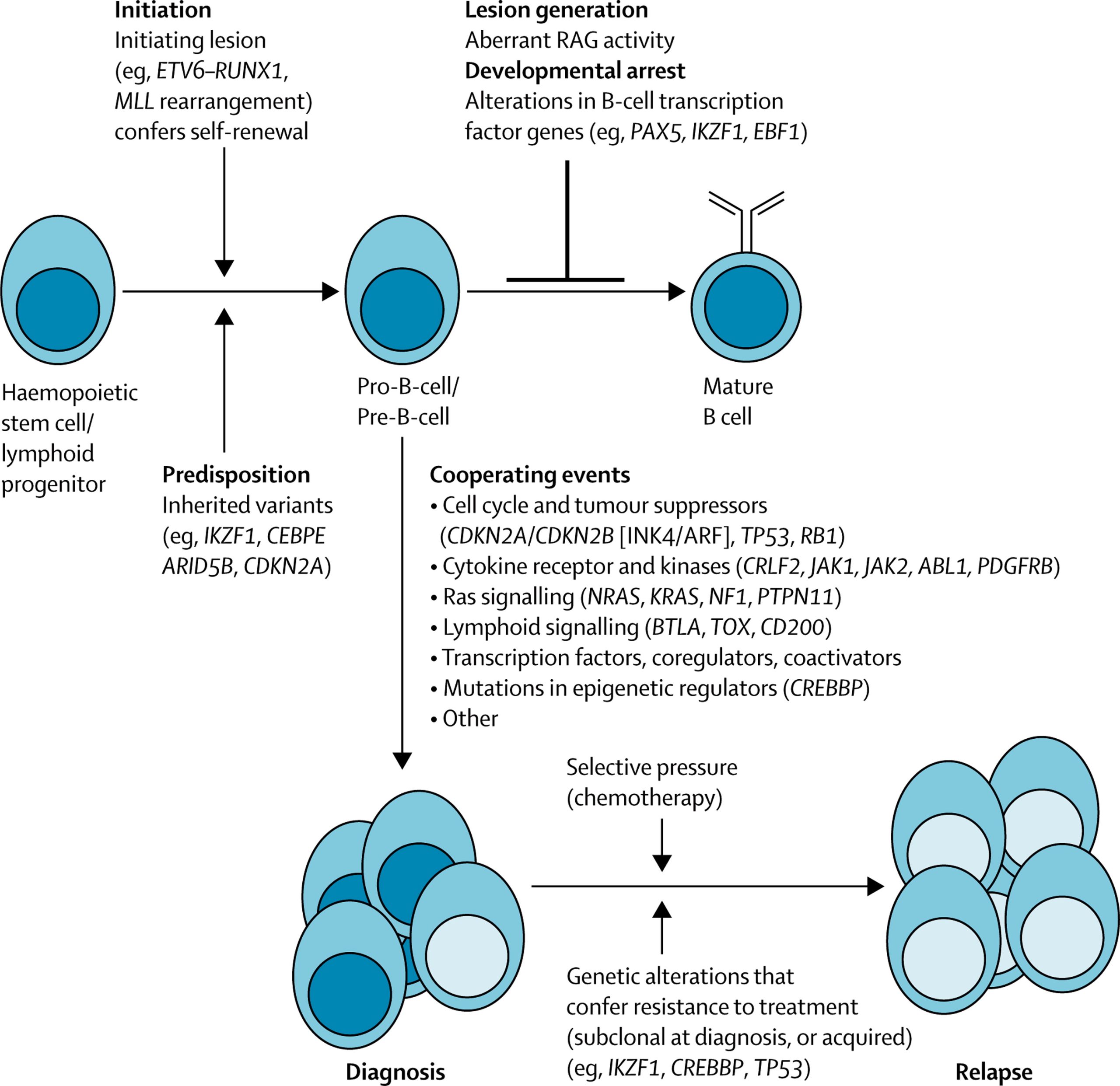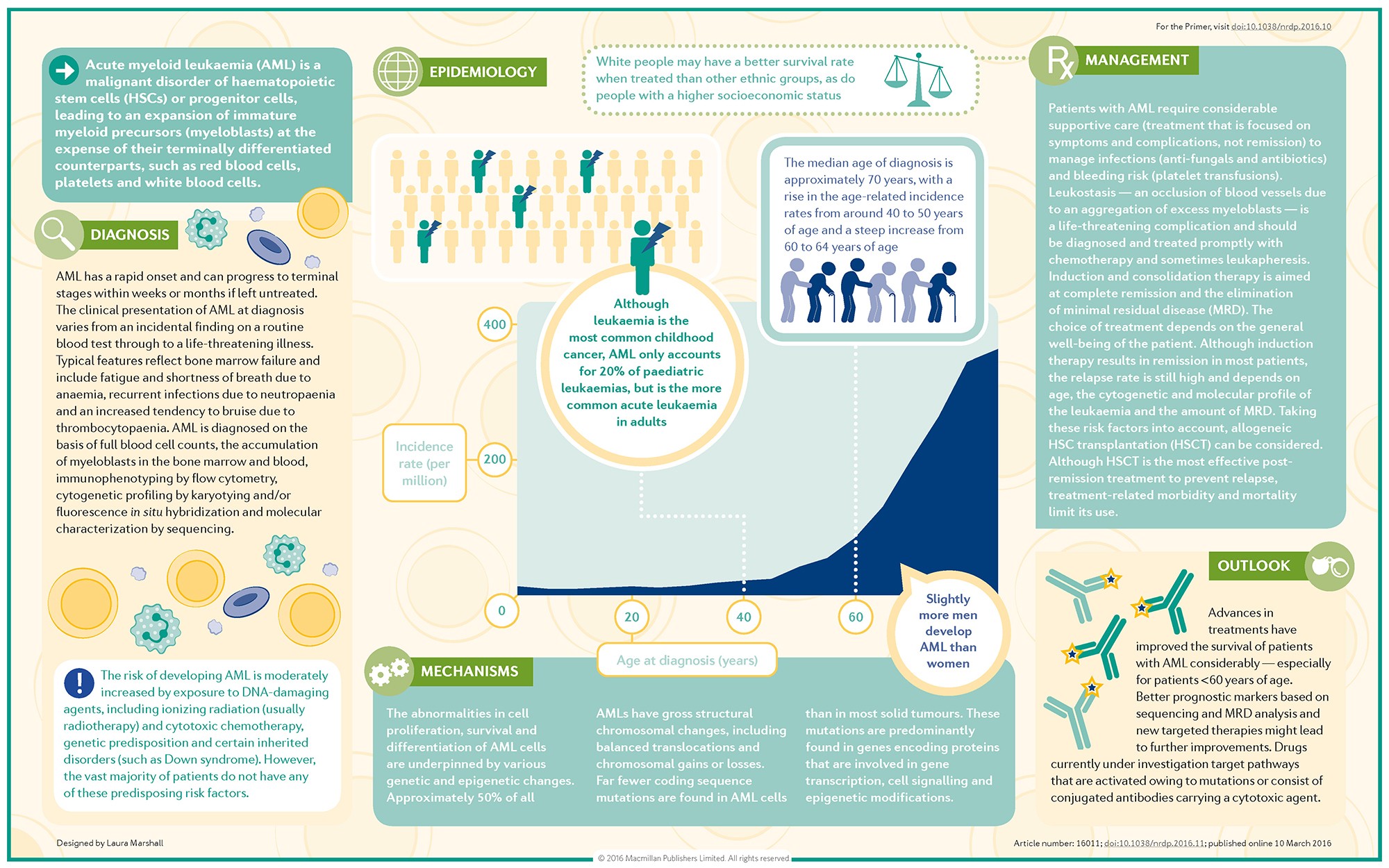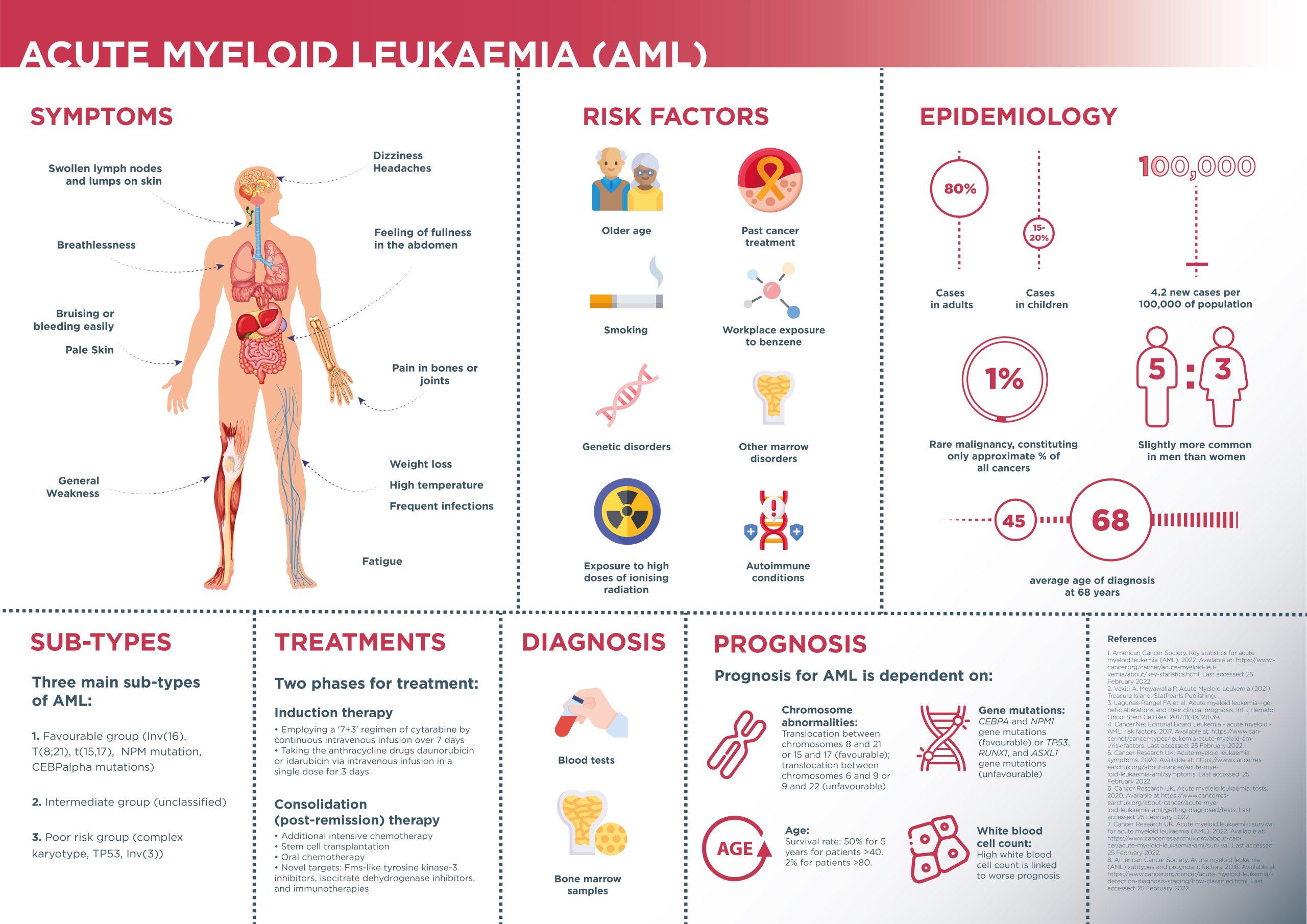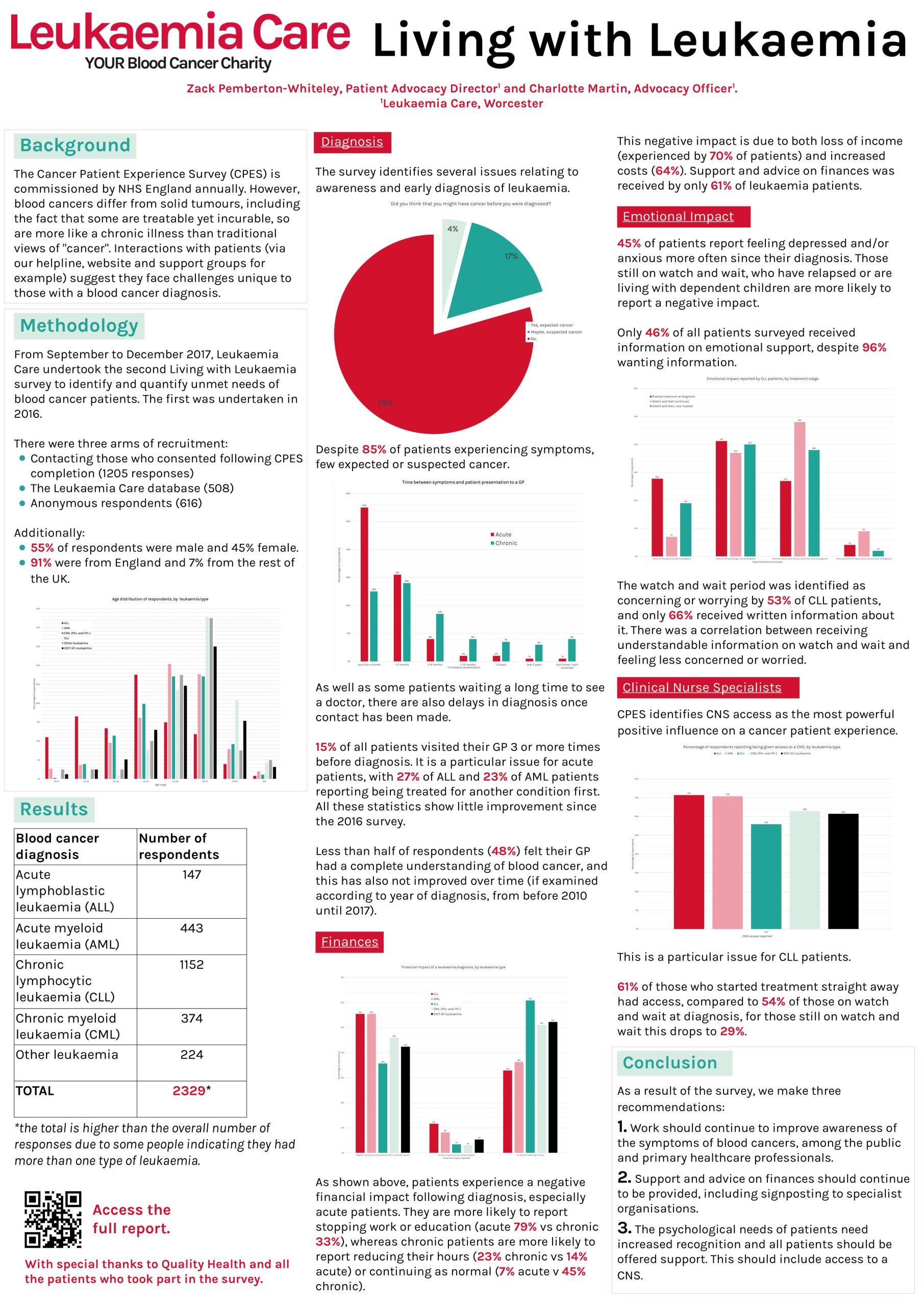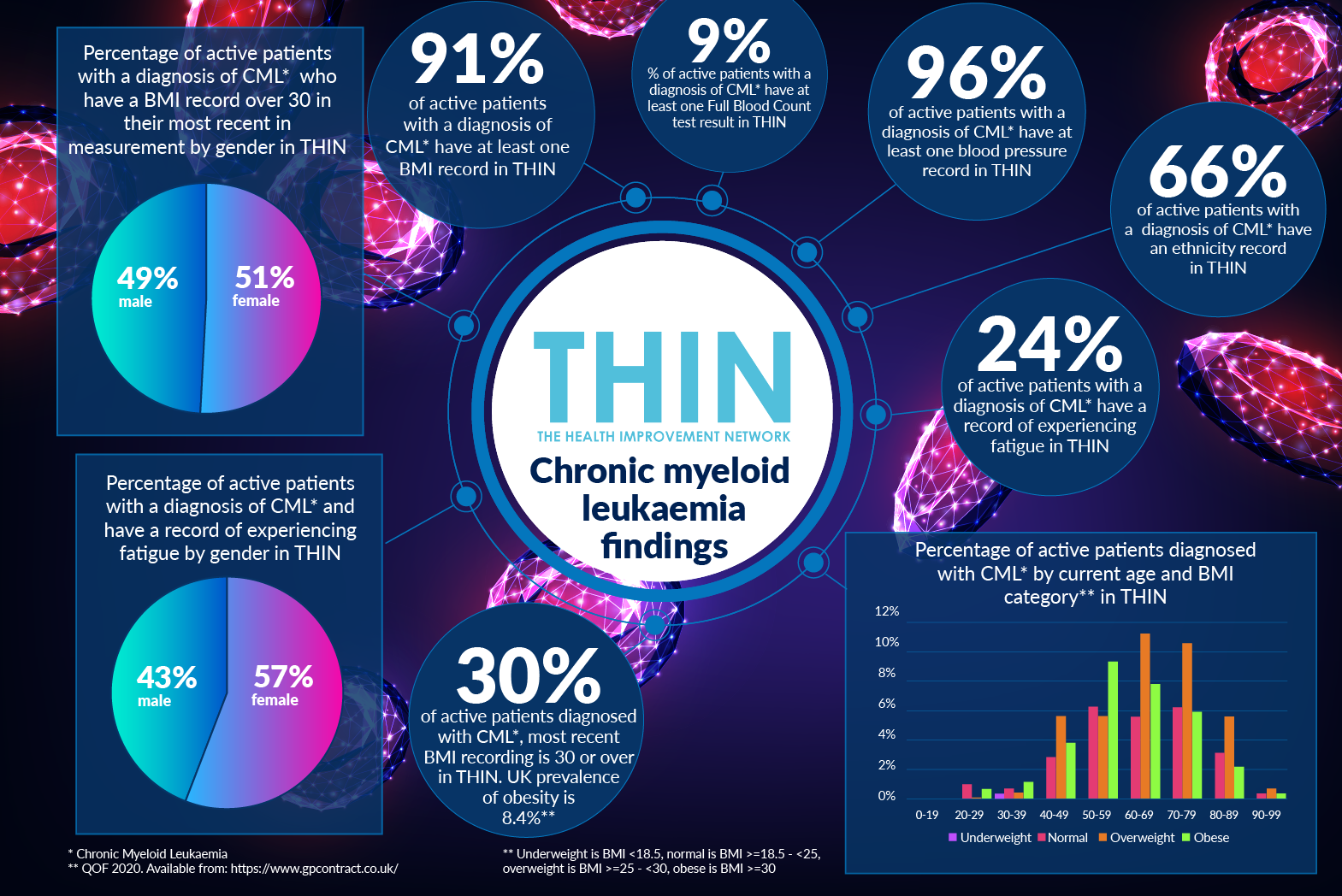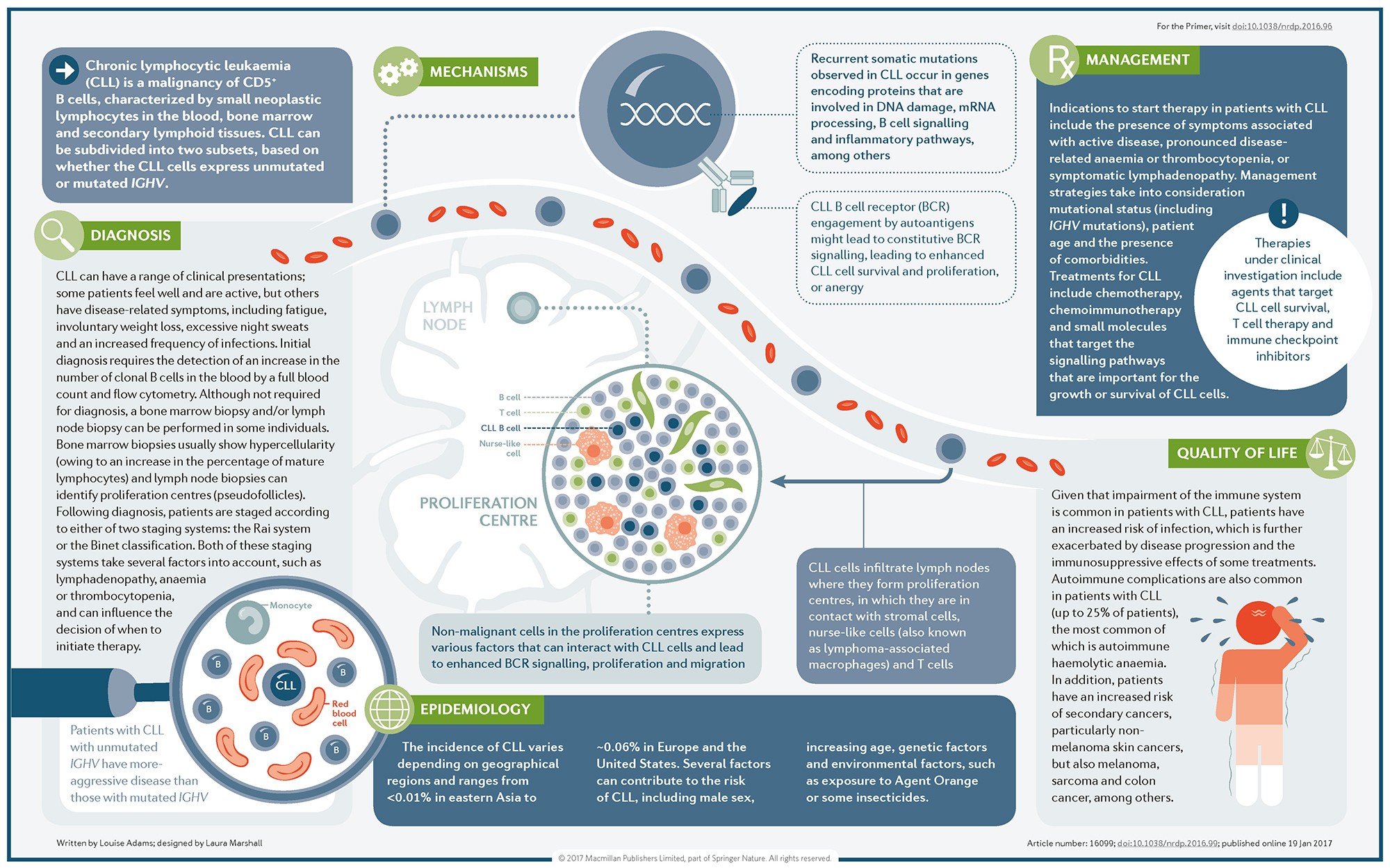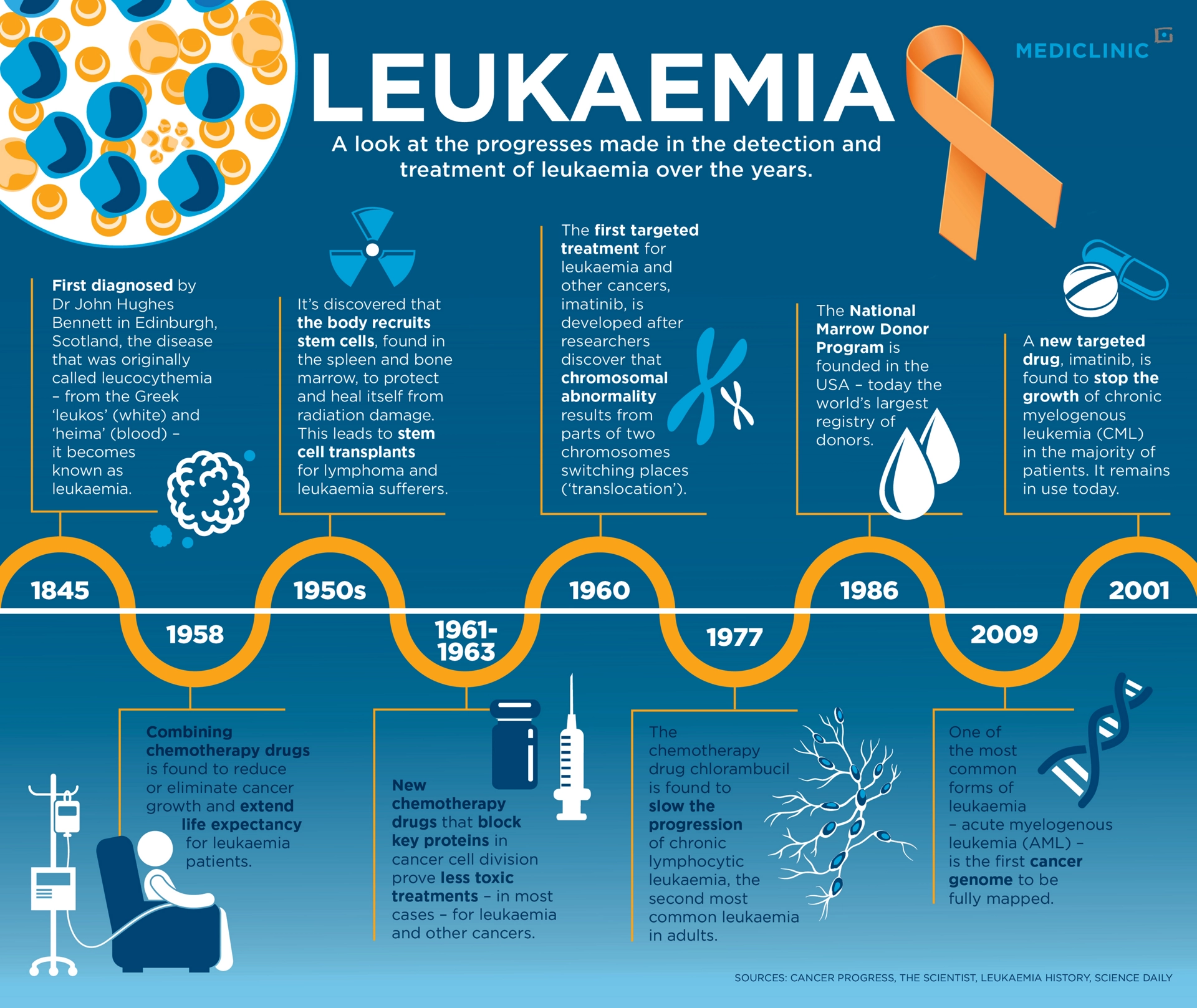
Key facts
- Leukaemia is a group of cancers that affect the blood.
- The types of leukaemia are named according to the type of cells affected and how quickly the cancer grows.
- The symptoms of leukaemia are like those of other common conditions.
- There are a lot of new medicines for leukaemia, including targeted therapy and immunotherapy.
What is leukaemia?
Leukaemia is a group of cancers that affect the blood. They start in the bone marrow, where blood cells are made.
Although the cause of leukaemia is not known in most cases, there are treatments that can help control the disease.
What are the types of leukaemia?
There are many types of leukaemia. The types of leukaemia are named according to the:
- type of white blood cells affected (‘lymphoid’ if from the lymphatic system, or ‘myeloid’ if from the bone marrow)
- how quickly the cancer cells grow
Leukaemia may be:
- acute — appearing fast and growing quickly
- chronic — appearing gradually and growing slowly
Both adults and children can get leukaemia. However, different types are more common in different age groups.
In acute leukaemia, the diseased bone marrow makes too many abnormal ‘blast cells’. These cells build up and interfere with the production of normal blood cells.
In chronic leukaemia, mature, abnormal white blood cells fail to die. They slowly build up in your bloodstream, bone marrow and other organs.
The main types of leukaemia are:
- Acute lymphoblastic leukaemia (ALL) also called acute lymphocytic leukaemia — is the most common type of childhood leukaemia, and can also affect adults.
- Acute myeloid leukaemia (AML), sometimes called acute myelocytic, myelogenous or granulocytic leukaemia — can occur at any age, although it tends to affect older people.
- Acute promyelocytic leukaemia (APML) — is thought to be caused by damage to your genes.
- Chronic lymphocytic leukaemia (CLL) — the most common type of leukaemia in adults. CLL tends to be slow-growing and may have little impact on your health for months or even years.
- Chronic myeloid leukaemia (CML) — tends to progress over weeks or months. CML mostly affects adults aged over 40 years.
- Hairy cell leukaemia (HCL) — is a rare type of leukaemia most often seen in middle-aged females.
What are the symptoms of leukaemia?
Different types of leukaemia cause different symptoms. Many people with leukaemia have no symptoms.
- tiredness
- anaemia
- repeated infections — such as mouth sores and urinary tract infections
- fevers and sweats
- increased bruising and bleeding
Other, less common, symptoms of leukaemia are:
- bone pain
- swollen, tender gums
- skin rashes
- headaches or vision problems
- vomiting
- enlarged lymph nodes
- pain or discomfort in your abdomen (tummy) or chest
Acute leukaemia symptoms tend to be more severe and develop more rapidly than chronic leukaemia symptoms.
The symptoms of chronic leukaemia can develop over months or years. It grows so slowly that many people with chronic leukaemia don’t know they have the condition.
Some people with chronic leukaemia only find out they have the disease through a routine blood test.
What causes leukaemia?
Although the exact causes of leukaemia are unclear, some things are known to increase your risk of getting leukaemia. Some of these ‘risk factors’ are:
- contact with intense radiation
- exposure to certain chemicals, such as benzene
- certain viral infections, for example human T-cell leukaemia virus
- abnormal genes
- age
- sex
- family history of leukaemia
Different risk factors are linked to getting different types of leukaemia.
When should I see my doctor?
The symptoms of leukaemia are like those of other common conditions. If you notice any of these symptoms, it doesn’t mean you have leukaemia. But it’s a good idea to see your doctor for a check-up.
How is leukaemia diagnosed?
To make a definite diagnosis of leukaemia, you will need several tests.
Your doctor will most likely give you a physical examination and take a sample of your blood. You may need more tests, depending on the results of your blood tests.
Tests to find leukaemia
Several tests can be done to confirm a diagnosis of leukaemia, and to work out which type it is.
- Bone marrow biopsy — a needle is used to take a sample of bone marrow from your hip bone.
- Chest x-ray — to check your heart and lungs.
- Lumbar puncture (spinal tap) — a needle is used to take fluid from around the spinal cord in your lower back.
Tests to stage leukaemia
The ‘stage’ of leukaemia describes how far the cancer has spread. Doctors can stage leukaemia using tests such as:
- chest x-ray
- CT scan
- lumbar puncture
They may also look for chromosomal changes in your blood.
Different types of leukaemia are staged in different ways.
In acute myeloid leukaemia there is no staging system. Instead, the disease is described as untreated, in remission or recurrent (returned).
Acute lymphoblastic leukaemia is categorised by sub-type depending on the type of cells it affects.
The stages of chronic lymphocytic leukaemia (CLL) are:
- Stage A — a high number of white blood cells and less than 3 enlarged areas of lymph tissue.
- Stage B — a high number of white blood cells and 3 or more enlarged areas of lymph tissue.
- Stage C — which refers to more advanced disease, with high white blood cell numbers and low red blood cell numbers.
Chronic myeloid leukaemia is described in 3 phases:
- Chronic — when there are only a few abnormal white blood cells or blasts.
- Accelerated — when the leukaemia growth suddenly changes.
- Blast — when there are a lot of immature white blood cells, causing symptoms to get worse.
Most people with acute leukaemia need treatment straight away, while people with chronic leukaemia may not need treatment for years.
Acute leukaemia can be cured but at the moment there is no cure for chronic leukaemia. However, it can often be managed by lifelong treatments.
How is leukaemia treated?
Your treatment for leukaemia will depend on:
- the type of leukaemia you have
- the stage or phase of your disease
- how bad your symptoms are
- your age
- your health
- your wishes
Treatments for acute leukaemia
There are a lot of new, effective treatments for leukaemia. Treatments for acute leukaemia include:
- Chemotherapy — a combination of medicines that kill cancer cells or slow their growth. It is often given as a liquid injected into your veins (intravenous infusion). You may have low-dose chemotherapy injected under the skin or given as tablets.
- Stem cell or bone marrow transplant — putting healthy stem cells into the body after high-dose chemotherapy.
- Radiotherapy — using radiation to kill or damage cancer cells so they can’t grow or multiply. It may be used before a stem cell transplant.
- Targeted therapy — medicines that attack cancer cells without harming normal cells.
- Leukapheresis — passing the blood through a special machine to remove white blood cells.
- Immunotherapy — medicines that boost the body’s own immune system to fight cancer.
Treatments for chronic leukaemia
Treatments for chronic leukaemia can be similar to those used for acute leukaemia. Other treatments may include:
- active monitoring — having regular check-ups and blood tests, and delaying treatment until it’s needed
- surgery — to remove your spleen
Palliative care
Palliative care aims to help manage your symptoms and improve your quality of life.
It is sometimes given at the same time as you are receiving other treatments. Some people may be offered palliative care from the time of diagnosis. It doesn’t mean that your medical team has given up on other treatments.
What are the side effects of treatment?
Leukaemia treatments can cause unwanted side effects. For example, chemotherapy can also affect your healthy cells causing:
- heavy bleeding and easy bruising
- infections
- tiredness
- nausea (feeling sick) and vomiting
- hair loss
Treatments can be given to lower the impact of most of these side effects.
Can leukaemia be prevented?
No — there is no known way to prevent leukaemia.
However, you can lower your chance of getting any cancer by:
- eating well
- exercising regularly
- giving up smoking
- cutting back on alcohol
Are there complications of leukaemia treatment?
A potential complication of chemotherapy for leukaemia is tumour lysis syndrome. This happens when a large number of leukaemia cells are killed by the medicine. They then break open and release their contents into your bloodstream.
This can overwhelm your kidneys, and cause serious problems. You may need extra fluids and medicines to avoid this syndrome.
Some types of chemotherapy and radiotherapy may cause a temporary or long-term reduction in your fertility. It’s important to talk through any questions you might have about fertility with your doctor.
